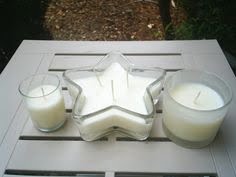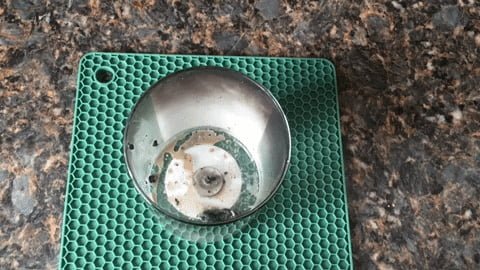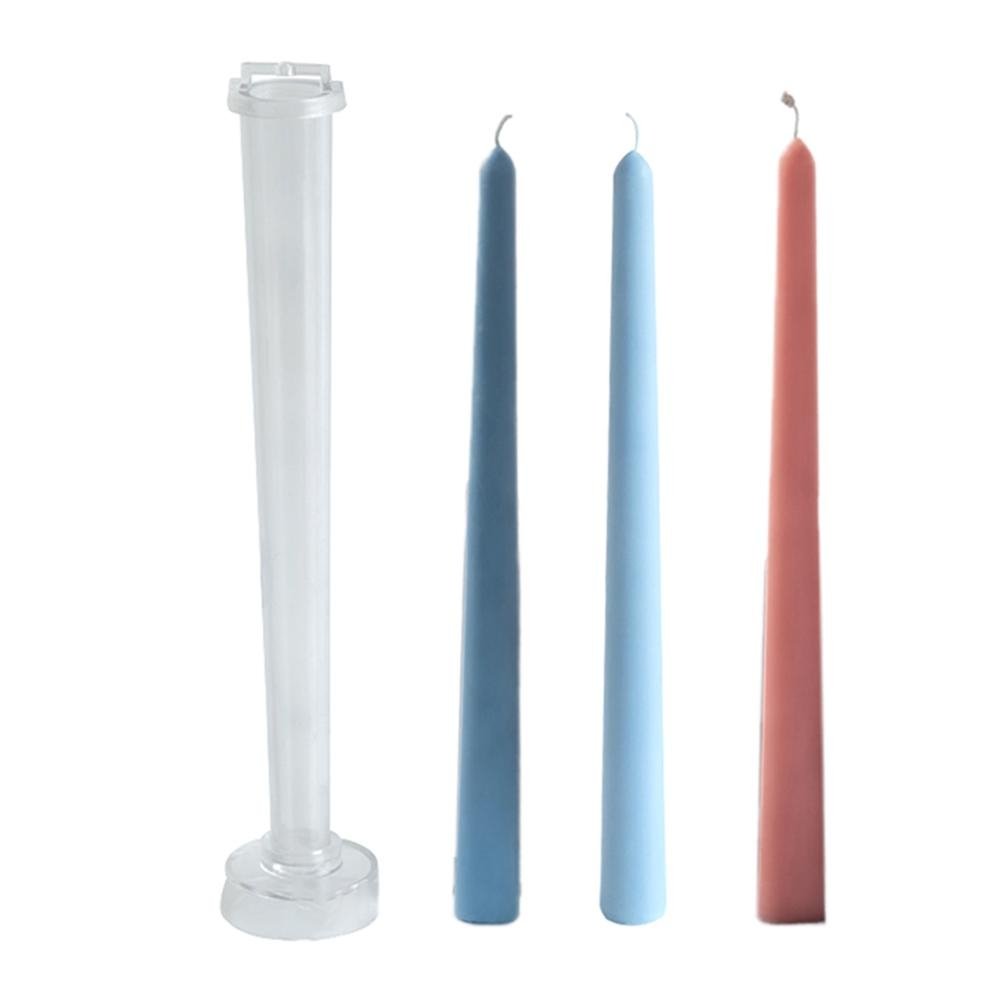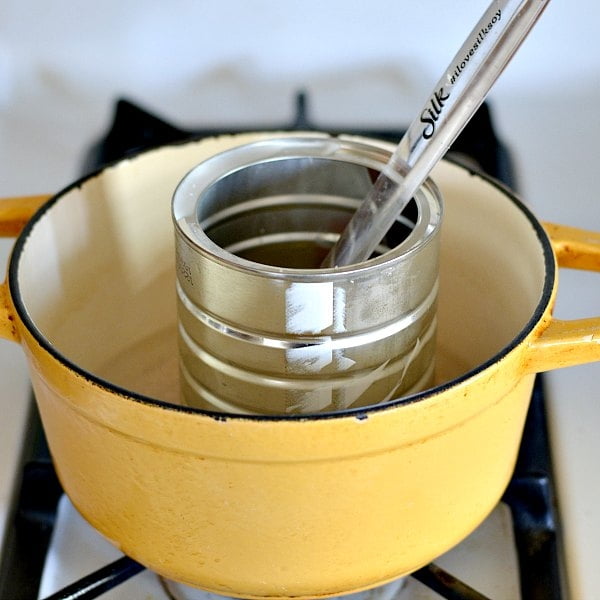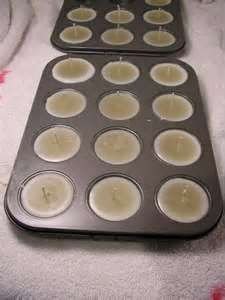Are you wondering what are the best wicks for candle making? Choosing the right wick is crucial when it comes to producing high-quality candles. The type of wick used can significantly impact the burning performance, fragrance throw, and overall aesthetic appeal of the finished product. In this article, we will explore the different types of candle wicks available and provide insights on how to select the best wick for various types of wax and candle sizes.
When it comes to candle making, selecting the appropriate wick is more than just picking a piece of string to light up. Each type of wick has its unique characteristics, burning properties, and compatibility with different wax types. Factors such as candle size, wax type, fragrance load, and even environmental conditions can influence which wick is best suited for a specific candle-making project.
In this comprehensive guide, we will delve into the differences between cotton, wood, and metal wicks and discuss their respective advantages and disadvantages. Whether you are making soy candles, beeswax candles, or paraffin candles, understanding the various options available will help you make an informed decision in selecting the best wick for your desired outcome. So let’s dive in and explore everything you need to know about choosing the best wicks for successful candle making.
Understanding the Different Types of Candle Wicks
When it comes to candle making, choosing the right wick is crucial for achieving a high-quality finished product. With the wide variety of wick options available, it’s important to understand the different types and their unique characteristics. The type of wick you choose can greatly affect the way your candle burns, its scent throw, and overall performance. Here are some of the most common types of candle wicks:
1. Cotton Wicks: Cotton wicks are a popular choice for candle making due to their clean burn and minimal soot production. They come in various sizes and are suitable for different types of wax. It’s important to select a cotton wick that is appropriately sized for your candle to ensure an even burn.
2. Wood Wicks: Wood wicks have gained popularity in recent years due to their crackling sound when lit, creating a cozy ambiance. They are often used in soy or beeswax candles and come in different widths to accommodate various candle sizes.
3. Metal Core Wicks: These wicks are made with a metal core surrounded by cotton or another material. They provide stability and rigidity, making them a good option for large candles or those containing hard-to-melt additives.
It’s essential to consider the specific needs of your candle, such as size, wax type, and fragrance load when selecting the best wick for your project. Each type of wick has its advantages and considerations based on these factors.
Factors to Consider When Choosing a Wick
When it comes to choosing the best wicks for candle making, there are several important factors to consider. The right wick can make a significant difference in the quality and performance of your candles, so it’s crucial to take into account various aspects before making a decision. Here are some key considerations that influence the choice of wick:
- Candle Size: The size of your candle will determine the type and size of wick you need. For larger candles, you will need a thicker and sturdier wick to ensure an even burn and prevent tunneling.
- Wax Type: Different types of wax require different kinds of wicks. For example, soy wax may require a different wick than beeswax or paraffin wax due to variations in burning characteristics.
- Fragrance Load: If you are using scented wax or adding fragrance oils to your candles, you’ll need to consider how this affects the burning process. Some fragrances may affect the way the wick burns, so it’s essential to choose a wick that can handle the added load.
These factors play a critical role in determining which wick is best suited for your specific candle-making needs. By carefully considering these elements, you can ensure that you select the most suitable wicks for optimal candle performance.
In addition to these key considerations, other factors such as burn time, color additives, and container type should also be taken into account when choosing the best wicks for candle making. By thoroughly evaluating these variables and understanding their impact on the burning process, you can make informed decisions that result in high-quality candles with excellent performance and burn characteristics.
Best Wicks for Soy Candles
When it comes to making soy candles, choosing the right wick is essential for ensuring a quality finished product. There are several factors to consider when selecting the best wicks for soy candles, including the size of the candle, the type of wax being used, and any added fragrance. The ideal wick will promote a steady burn and prevent tunneling, resulting in a clean and consistent flame that enhances the overall candle-burning experience.
Cotton wicks are often recommended for soy candles due to their natural properties and ability to provide a clean burn. These wicks are available in different sizes and styles, such as flat braided or square braided, allowing for customization based on the specific requirements of the candle being made. It’s important to choose a cotton wick that is lead-free and specifically designed for use in soy wax to achieve optimal results.
Another option for soy candle making is using wooden wicks, which have gained popularity for their aesthetic appeal and soothing crackling sound when burning. Wooden wicks can be combined with cotton fibers to achieve a reliable burn in soy wax candles. However, it’s crucial to conduct proper testing to determine the ideal size and type of wooden wick for a particular candle-making project.
Metal core wicks are also available for use in soy candles, though they are less common due to concerns about potential sooting and other issues related to their performance. When considering metal wicks, it’s important to select those that are specifically designed for use with soy wax and have been thoroughly tested for safety and efficacy.
| Types of Wicks | Most Suitable Candle Types |
|---|---|
| Cotton Wicks | Soy Candles |
| Wooden Wicks | Soy Candles (possibly combined with cotton) |
| Metal Core Wicks | Less Common; if selected – ensure compatibility with soy wax |
Best Wicks for Beeswax Candles
When it comes to making beeswax candles, choosing the right wick is crucial to achieving the desired burning properties and overall quality of the candle. Beeswax, known for its natural and unique properties, requires a wick that complements its characteristics to ensure optimal performance. Unlike other types of wax, beeswax can be a bit trickier when it comes to selecting the best wick due to its dense and slow-burning nature.
One of the best wick options for beeswax candles is a cotton core wick. This type of wick is designed with a cotton braided outer sheath surrounding a paper or cotton core, offering stability during the burning process. Cotton core wicks are known for their clean and efficient burn, making them ideal for beeswax candles. They come in various sizes, allowing you to choose the most suitable option based on your candle’s diameter and desired burn pool.
Another excellent choice for beeswax candles is a square braided cotton wick. This type of wick is designed to promote an even burn and minimize smoking, which is particularly important when working with beeswax. The square braid design helps reduce carbon buildup, resulting in a cleaner and more consistent burn throughout the life of the candle. Additionally, these wicks are known for their minimal mushrooming, further enhancing the overall appearance and performance of beeswax candles.
Finally, HTP (high performance) wicks are also worth considering for beeswax candles. These wicks are constructed with a flat braided cotton core that provides stability and consistency during burning. The structure of HTP wicks allows for a cleaner burn with reduced smoking, making them well-suited for dense and slow-burning materials like beeswax. The enhanced capillary action of HTP wicks also contributes to improved fragrance throw in scented beeswax candles.
| Wick Type | Features |
|---|---|
| Cotton Core Wicks | Stability during burning process; clean and efficient burn |
| Square Braided Cotton Wicks | Promote even burn; minimize smoking; reduces carbon buildup |
| HTP (High Performance) Wicks | Flat braided cotton core; cleaner burn with reduced smoking; improved fragrance throw |
Best Wicks for Paraffin Candles
When it comes to choosing the best wicks for paraffin candles, it’s crucial to consider the specific burning characteristics of paraffin wax. Paraffin wax has a higher melting point compared to other types of candle wax, which means it requires a wick that can create a sufficiently hot flame to melt the wax and release the fragrance effectively.
In addition, paraffin wax tends to produce a larger pool of melted wax as it burns, so the wick needs to be able to handle this increase in fuel consumption.
One of the best options for wicks for paraffin candles is a flat braided cotton wick. This type of wick is known for its ability to maintain a consistent and steady burn, making it ideal for paraffin wax with its high melting point. The flat nature of the braid also helps minimize mushrooming and carbon buildup, resulting in a cleaner and more efficient burn.
Another excellent choice for paraffin candles is zinc-core wicks. These wicks are constructed with a cotton outer braid surrounding a zinc core, which provides added stability and rigidity during burning.
This makes zinc-core wicks particularly suitable for larger diameter candles made with paraffin wax, as they can withstand the increased heat and fuel consumption while maintaining an even burn. Additionally, zinc-core wicks are known for their minimal maintenance requirements and low soot production, further enhancing the overall quality of paraffin candles.
Testing and Troubleshooting
When it comes to candle making, choosing the right wick is crucial to ensure the quality and performance of the finished product. However, even with careful consideration, you may encounter issues related to wick selection and performance. In this section, we will discuss the importance of testing wicks and provide guidance on troubleshooting common issues that may arise during the candle making process.
Importance of Testing Wicks
Before proceeding with a large batch of candles, it is essential to conduct wick testing to determine the most suitable option for your specific candle-making project. Testing different wick sizes and materials will help you assess their burn rate, flame size, and overall performance in different types of wax. By conducting thorough testing, you can ensure that the chosen wick will provide an optimal burn for your candles.
Troubleshooting Common Wick Issues
Even with careful testing and consideration, you may encounter common issues related to wick selection and performance. One common problem is tunneling, which occurs when the candle burns down the center, leaving excess wax along the sides. This issue can often be resolved by choosing a wider wick or using a different type of wax with better burning characteristics.
Another issue that may arise is mushrooming, where carbon buildup forms at the tip of the wick, causing excessive smoke and soot. To address this problem, consider trimming the wick before each use and selecting a different type of wick that minimizes mushrooming.
Additionally, if you notice uneven burning or excessive flickering in your candles, it may indicate that the chosen wick is not suitable for the specific type of wax being used. In such cases, adjusting the wick size or material can help resolve these issues and improve overall burn quality.
By understanding how to effectively test wicks and troubleshoot common issues related to wick selection and performance, you can enhance your candle-making skills and achieve optimal results in producing high-quality candles for personal use or sale.
Conclusion
In conclusion, choosing the right wick for candle making is a crucial step in ensuring the quality and performance of the finished product. With a variety of options available, including cotton, wood, and metal wicks, it’s essential to consider factors such as candle size, wax type, and fragrance load when making a selection.
For soy candles, cotton wicks are often recommended for their clean and steady burn, while beeswax candles may benefit from a braided cotton wick to accommodate the denser wax. Paraffin candles, on the other hand, may require a lead-free zinc core wick to support their specific burning characteristics.
When testing wicks for candle making, it’s important to pay attention to the flame size and burn pool to ensure that the wick is suitable for the chosen wax and fragrance load. Troubleshooting common issues related to wick selection and performance can also be crucial in achieving the desired results.
By following these guidelines and considering the unique properties of different wick materials in relation to specific types of candles, candle makers can effectively enhance the overall quality of their products.
In summary, understanding the best wicks for candle making is essential for achieving successful results. By taking into account factors such as wax type and candle size, as well as conducting thorough testing and troubleshooting when necessary, candle makers can ensure that they select the most suitable wicks for their specific needs. Ultimately, choosing the right wick is an integral part of successful candle making and can greatly impact the overall performance and aesthetic appeal of the final product.
Frequently Asked Questions
Which Wicks Are Better for Candle Making?
When it comes to choosing the right wick for candle making, it’s important to consider the type of wax and container you’ll be using. For soy or beeswax candles in wide containers, a cotton wick is typically preferred.
For paraffin wax candles in narrow containers, a paper core or zinc-cored wick may be more suitable. It’s essential to match the size and type of wick with your specific candle-making project to achieve optimal burn performance.
How Do You Pick a Candle Wick?
To pick a candle wick, it’s crucial to consider factors like the diameter of the container, the type of wax being used, and whether you want a slow or fast burn. Thicker wicks generally create larger flames and faster burns, while thinner wicks produce smaller flames and slower burns.
The best way to pick a candle wick is through experimentation and testing different sizes and materials until you find the right one for your specific candle-making project.
What Is the Best Thing to Use as a Candle Wick?
The best thing to use as a candle wick is typically cotton or a cotton blend that has been primed with wax. These materials are commonly used in commercial candle production due to their ability to efficiently absorb and hold liquid wax, resulting in a consistent and steady flame when burned.
While other natural materials like wood or paper can be used as experimental wicks, cotton remains the most reliable option for homemade candles due to its consistent performance and availability.

Welcome to my candle making blog! In this blog, I will be sharing my tips and tricks for making candles. I will also be sharing some of my favorite recipes.

